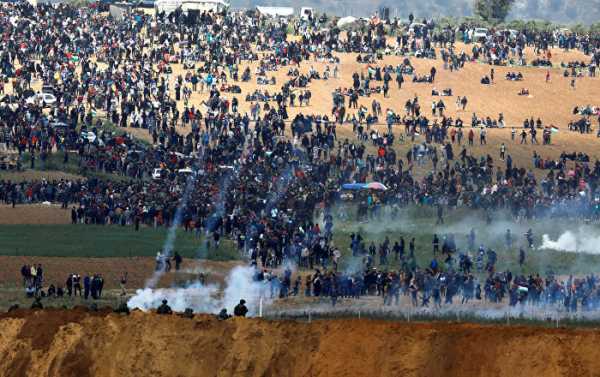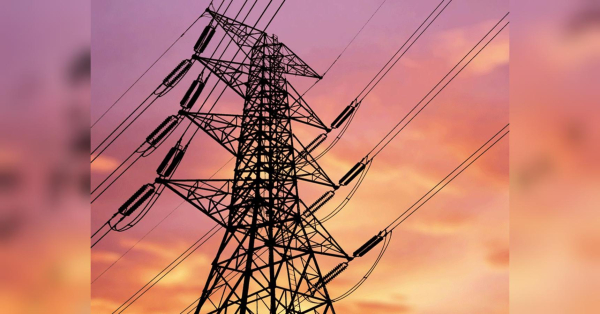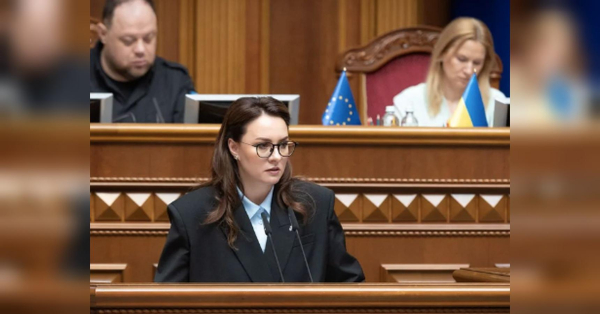
The unrest on the Gaza strip reached its peak, as thousands of Palestinians began a six-week protest on 30 March for their right to return to their former territory of Israel, and the Israeli military opening fire and using tear gas.
Still several dozen people, including a journalist, were killed and hundreds were injured in clashes on the border between the Gaza strip and Israel. Nineteen people were killed on March 30 when the confrontation on the border escalated into clashes with Israeli forces doing something on Friday the deadliest single day in the territory after the war with the Jewish state 2014.
Point Zero Violence
March 30, tens of thousands of Palestinians, including women and children gathered in camps along the fence. The rallies, inspired by the Palestinian Islamic fundamentalist organization Hamas, the honor of “Earth Day”, when Arabs honor six Palestinian protesters who were shot and killed by the IDF in 1976 and will continue until mid-may.
What was supposed to be a peaceful confrontation escalated into violent clashes; Israeli defense (IDF), which doubled its military contingent in the area and deployed snipers, opened fire, used tear gas and other anti-riot tools to prevent protesters from crossing the border.
Israeli military forces said the protesters were not peaceful, threw Molotov cocktails, stones and burned tires, while the terrorists tried to infiltrate into Israel.
As reported, in protest of approximately 40,000 people; 19 people were killed, more thousands injured.
The second day of the riots
March 31, hundreds of protesters returned in a few areas, while others buried their dead.
While the head of the Palestinian national authority Mahmoud Abbas laid responsibility for the violence on Israel, declaring March 31 a national day of mourning, the Israeli Prime Minister Benjamin Netanyahu has praised soldiers for “protection” of “Israel’s sovereignty and the security of its citizens.” Tel Aviv, in turn, blamed Hamas for the violent protests, saying that “the IDF will not allow the security fence in the area of terror.”
The UN Security Council after an emergency meeting accused Israel of disproportionate and violent actions against the demonstrators, while a statement of restraint and to call for an investigation were blocked by the United States.
The Israeli defense Minister rejected the accusations, and also eliminates the possibility of such an investigation, praised his military.
More deaths after Friday’s violence
The head of the Israel defense forces warned the demonstrators that those who approach the fence between Gaza and Israel to put “their life is in danger.”
Later this week, a Palestinian died from a shot in the chest by Israeli forces. On 5 April, another man was killed in an Israeli airstrike.
UN Secretary-General, antónio Guterres, said in his statement on April 5 that he “especially” calls upon “Israel to exercise extreme caution with the use of force to avoid casualties. Civilians should be able to exercise their right to peaceful demonstration”.
New Friday, New Victims
6 April protests resumed with more violent clashes. Some protesters burned tires to protect themselves from Israeli snipers.
Israeli soldiers fired tear gas and then opened fire to disperse demonstrators marching to the border.
About 20,000 demonstrators rallied on the border that day. Ten Palestinians, including a reporter, were killed, said the representative of the Palestinian Ministry of health, the official said. Hundreds were wounded.
Weeks of protests to come
The protest, dubbed “March of return” – said the so-called “Earth day”, an annual commemoration of the deaths of six Arab citizens killed by Israeli forces during the 1976 demonstrations, government confiscation of land. At the same time, in March, focused on the upcoming Nakba (catastrophe in Arabic), when they were expelled after Israel declared its independence in 1948, hundreds of thousands of Palestinians.
Currently, the protesters insist on the return of Palestinian refugees to the territory they claim was illegally seized by Israel, and the Israeli authorities require Palestinians to Gaza and the West Bank.
In December 2017, the US President Donald trump announced his decision to recognize Jerusalem as the capital of Israel and instructed the State Department to start the process of transferring the U.S. Embassy from tel Aviv to Jerusalem.
The move prompted worldwide condemnation that caused the unrest in the middle East, thousands of people take to the streets to protest the decision across the Arab world. In response to the recognition of a Palestinian Islamic fundamentalist organization Hamas announced the beginning of a third intifada against Israel.
Sourse: sputniknews.com






